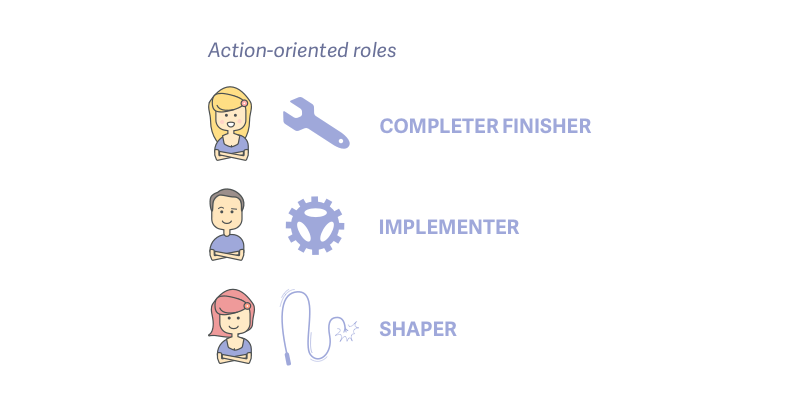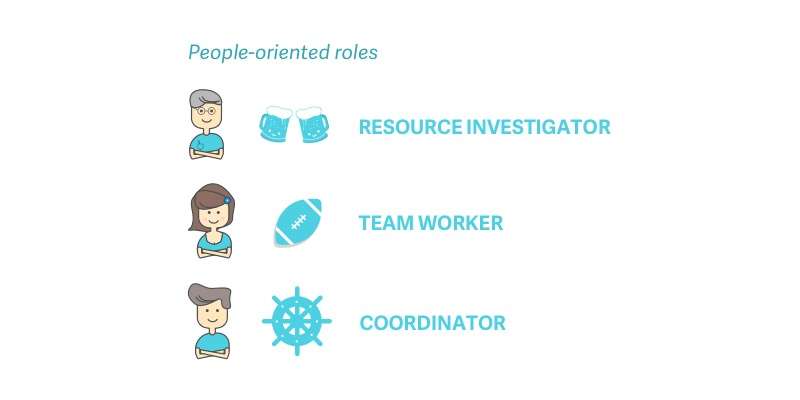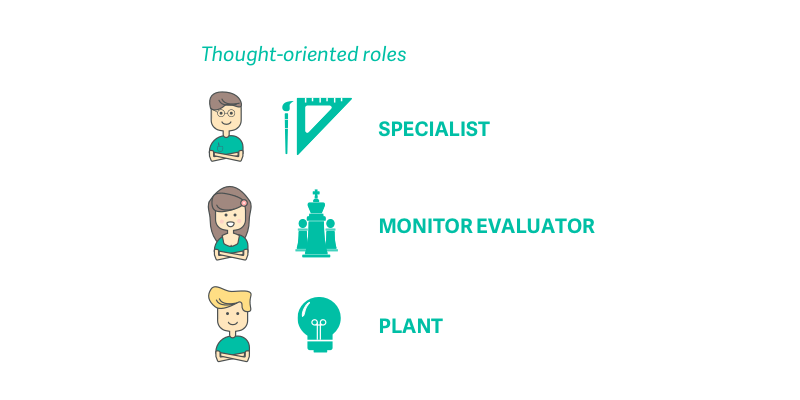Why is your team successful? Why is your team failing? Dr. Belbin has an answer.
Dr. Raymond Meredith Belbin is the leading authority on team roles. His research and knowledge, which spanned more than 40 years, showed that it is more important how members fit together than how smart they individually are.
Successful teams were composed of members with different and compatible roles, while unsuccessful ones were characterized by constant conflicts between members with similar tendencies and personalities
What Happens When You Make a Team out of A-Players
Belbin’s research produced several personality tests that enabled experts to determine if an individual will become a business superstar. Those who passed with flying colors were smarter, had better analytical skills, and were better than others in almost every aspect. Logically, the next step in the research was to create a super team made up entirely of these outstanding individuals.
Belbin named them the Apollo team. Expectations were high, as everyone thought the superstars of the Apollo team achieved success effortlessly. However, it turned out that the team made up of the strongest individuals was not effective - what’s more, it usually performed worse than a regular team.
The Apollo team members had spent most of their time debating and trying to persuade the others that their point of view was correct. However, no one was willing to change their point of view, and each member loved to find holes in each other's arguments. The team didn't decide together, while more pressing jobs were completely neglected.
Belbin Team Roles
The Apollo team experiment proved that good teams require balance. Over the course of years, Belbin defined nine possible team roles, which he categorized into three groups:
Action-Oriented Roles
Action-oriented roles focus on improving team performance, implementing ideas, and meeting deadlines. The three action-oriented roles are:
- Shaper - extrovert that questions assumptions
- Implementer - brings self-discipline to the team
- Completer Finisher - pays attention to the smallest details and makes sure things are done right

People-Oriented Roles
People-oriented roles bring people and ideas together. The three people-oriented roles are:
- Coordinator - brings order into the team
- Team worker - provides support to the team in a diplomatic way
- Resource Investigator - develops outside contacts

Thought-Oriented Roles
Thought-oriented roles analyze options and provide technical expertise. The three cerebral roles are:
Plant - comes up with innovative, ground-breaking solutions
Monitor evaluator - assesses team decisions analytically and critically
Specialist - experts in a particular subject

Roles characteristics, contribution, and weaknesses
Each Belbin team role comes with its characteristics, strengths, and weaknesses (some of which are allowable and others that are not).

Ideal Team for a Small Business
To have a well-functioning team, the ideal is to have a member for each role. However, to make that happen, a team consist of at least 9 people. Since small businesses often have smaller teams, it is only fair to ask: how the Belbin construct a successful small team?
Firstly, ideal is if the team had 6 members. Belbin’s research has proven that teams with less than 6 members struggle with work and overlapping duties, while teams with more (7+) tend to get lazy and do the same amount of work as the six-member team.
Secondly, Belbin's claims that a successful small team have one Coordinator, one Implementer, and one Plant. Choose other roles as you see fit.
You are probably wondering: “If I have a task that requires a creative solution, why don’t I just gather three ‘Plant’ members and let them work their magic?”
During his research, Dr. Belbin wanted to know how teams of people with similar personalities function in the everyday business environment, and how they cope when it comes to problem-solving. To achieve this, he divided examinees into four groups based on their personalities:
- Stable Extroverts - Excellent communicators. They are best as sales representatives or HR managers.
- Anxious Extroverts - Ideal for high-paced working environments. Most likely to work as sales managers, works managers, and editors.
- Stable Introverts - Perfect for long-lasting, close-knit teams. Their usual occupations are administrators, solicitors, government officials, and corporate planners.
- Anxious Introverts - They excel at individual jobs that require self-direction and self-sustaining persistence. These are extremely creative people, research scientists, and specialists on long-term assignments.
Each group was divided into several teams.
These newly formed "pure" teams brought out extremes in behavior and effects. Results showed that purely extroverted teams had a higher success rate than purely introverted ones. On the other hand, there were differences in results as each group had strengths and weaknesses:
- Stable Extrovert teams - Work well together, enjoy group work, have a versatile approach, and use resources well. However, they are inclined to be euphoric and lazy. They had achieved good results overall, except they depended on one another.
- Anxious Extrovert teams - They are dynamic and entrepreneurial, resourceful at seizing opportunities, and prone to healthy disagreements. On the other hand, they are easily distracted and quickly stray off-topic. They had excellent results in rapidly changing situations - but were utterly unreliable at other times.
- Stable Introvert teams - Excellent planning and strong organization are their strong suits. However, they tend to be slow-moving and often neglect new factors in a situation. Regarding results, team members didn’t care whether they were good or bad.
- Anxious Introvert teams - Capable of good ideas, tend to get preoccupied and often lack team cohesion. Naturally, their results were poor.
In some cases, different teams of the same group achieved different results. After closer analysis, Belbin determined that every ‘pure’ team that achieved a noticeable result had one thing in common: one of the members had taken the role of an Implementer.
Implementers were not simply team members who only did or arranged things (most work involves both). In behavioral terms, they were people who essentially worked for the company rather than in pursuit of self-interest and did so in a practically and realistically. They could identify with the organization and would accept and look for work goals that align with its ideals and aspirations. There was never any question that jobs would not be done because they did not feel like it or did not interest them. - R.M. Belbin, Management teams - Why do they succeed and fail
These Implementers were:
- Disciplined individuals who got work done swiftly and systematically;
- Tough-minded, practical, trusting, and tolerant towards others;
- Conscientious and aware of external obligations;
- Respectful of existing conditions and ways of looking at things;
- With a well-developed sense of self-image and a high degree of internal control.
Belbin figured out that he had finally found the secret sauce for the perfect worker. Therefore, the next logical experiment was creating a team made entirely of Implementers.
Just like with the Apollo team, expectations were high. And just like with the Apollo team, these teams of ‘perfect workers’ were disappointing. According to the findings, they produced average results at best. Implementers were well organized and diligent - but lacked any real ideas. They were strongly committed to anything they set in motion, and were disturbed if plans changed. Simply put - they worked well but failed to get good results.
Final Words
Like in the Group vs Team matter, Dr. Belbin proved that closely-knit teams of compatible members get you much further than a group of highly intelligent but stubborn individuals. So, when making the team, take your time with the recruitment process, and choose your team members carefully - because, in the end, they are the ones who bring you success or failure.
To find out your Belbin role and more information, visit the Belbin web page and apply for an official test. Take this free Belbin test alternative.
